The summer heat may have eased, but the passion for the National Museum of Korea shows no signs of fading. The faces of those waiting in long queues are as bright and clear as the autumn sky, reflecting their growing anticipation of exploring the museum. For Kingos yet to step inside, let these words spark curiosity and lead to the museum’s doors and its living heritage.
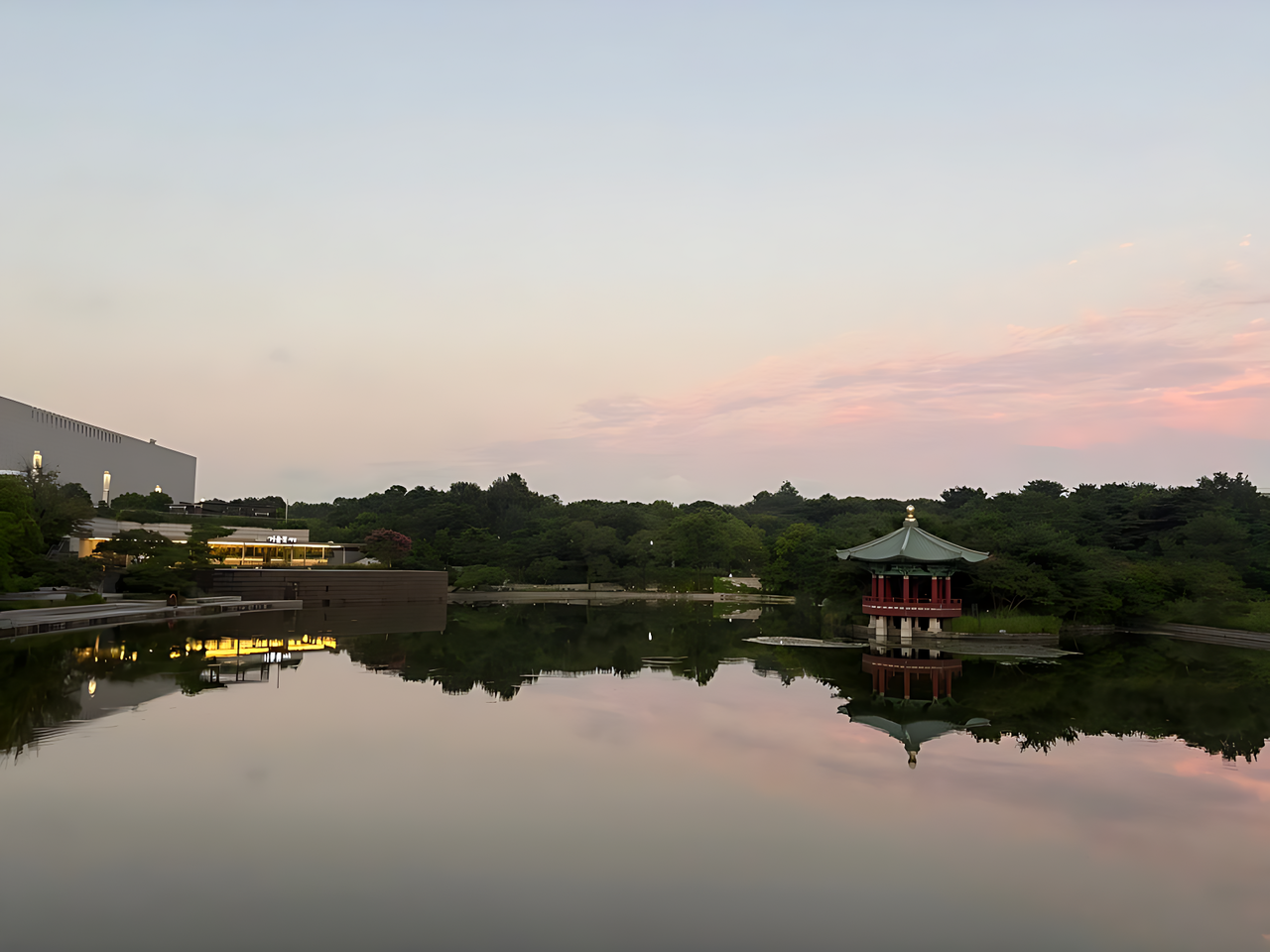
A Place That Inspires Wonder
-An Invitation to Korea’s Timeless Archive
The National Museum of Korea, the country’s largest national museum where history and culture come alive, serves as a comprehensive cultural institution dedicated to the preservation, research, exhibition, and education of cultural heritage from Korea and around the world. At the same time, it fosters a vibrant culture of creativity and expands public access to invaluable cultural resources. This year marks the 20th anniversary of the National Museum of Korea in Yongsan District, which has flourished since its relocation in 2005 and remains a beloved destination for countless visitors. Equally central to the museum’s identity is its stunning architecture. The main building greets visitors with a reinterpretation of Korea’s traditional design ethos, expressed through its majestic simplicity. As visitors draw closer, the expansive grounds offer scenic views of Namsan Mountain. A glance to the right reveals the serene Mirror Pond, which invites visitors to pause and take in the surroundings — a sight that instantly captivates the heart. The seamless interplay between cultural heritage and natural surroundings evokes a profound sense of inspiration, appealing to both the mind and the senses.
-A Quick Visit Guide
Admission to the National Museum of Korea is free, except for certain special exhibitions. The museum is open daily from 10 a.m. to 6 p.m., with extended hours until 9 p.m. on Wednesdays and Saturdays. Due to limited parking and potential delays, visitors are encouraged to take the subway. The museum is easily accessible from the Humanities and Social Sciences Campus of Sungkyunkwan University, making it a convenient spot to visit between classes or on days when school ends early. From Hyehwa Station on Subway Line 4, ride directly to Ichon Station. From the Natural Sciences Campus (NSC), take Line 1 to Geumjeong Station, transfer to Line 4, and continue to Ichon Station. From Exit 2, follow the Museum Nadeulgil, an underground path connected to Ichon Station that leads directly to the museum’s entrance. Convenient access and free admission make the National Museum of Korea an ideal stop for anyone seeking a cultural experience in Seoul City.
Must-See Highlights at the Museum
-Editor’s Picks from the Permanent Exhibition

Once past the security checkpoint at the entrance to the permanent exhibition hall, an open corridor leads the gaze to the majestic Ten-story Stone Pagoda of Gyeongcheonsa Temple. Built in 1348 during the fourth year of Goryeo King Chungmok’s reign and designated as National Treasure No. 86, it has long been a popular photo spot along the open corridor. The Pagoda Media Façade Lighting the Sky Pagoda, presented every Wednesday and Saturday at 8 p.m., transforms the tower into a dazzling spectacle of light.
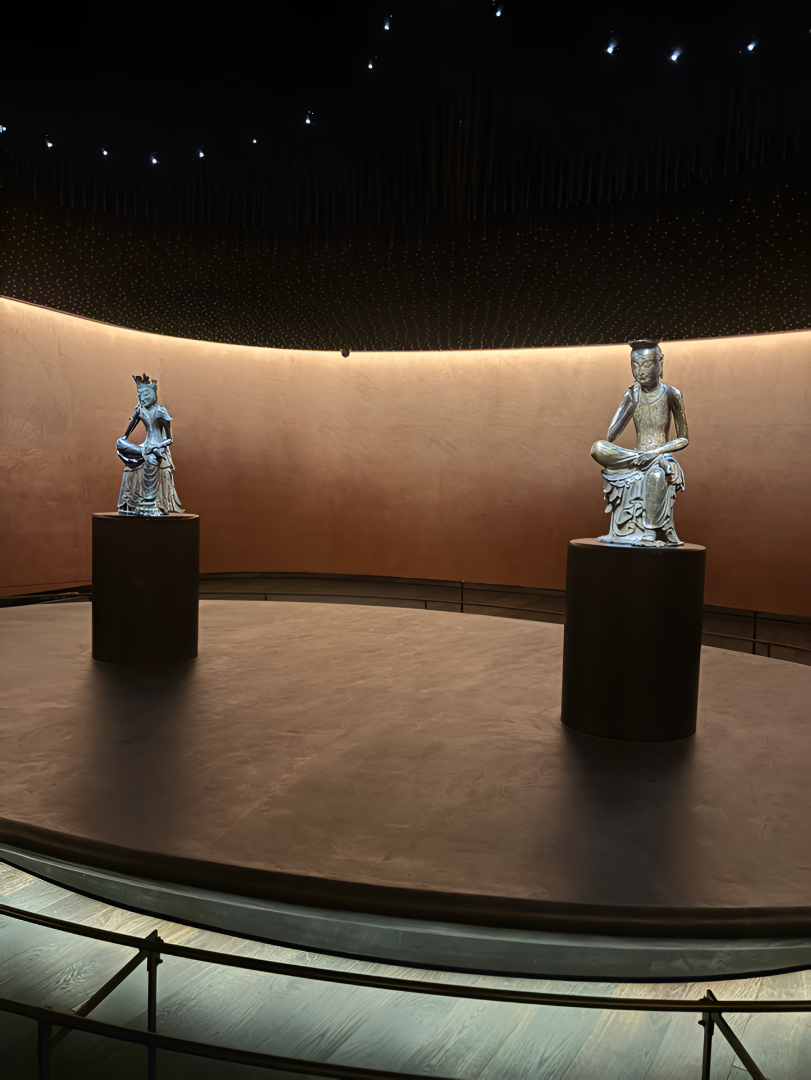
As the museum’s grand view opens up, the escalator carries visitors to the second floor, where the renowned Room of Quiet Contemplation awaits. Inside, two national treasures — the Pensive Bodhisattva statues — stand side by side. Passing through a dark, hushed corridor leads to the figures immersed in thought, right leg crossed over the left knee, and fingertips delicately resting on the cheek. Before the solemn yet restrained elegance of the Pensive Bodhisattva, one cannot help but feel a sense of reverence and reflect on timeless questions of life and death.
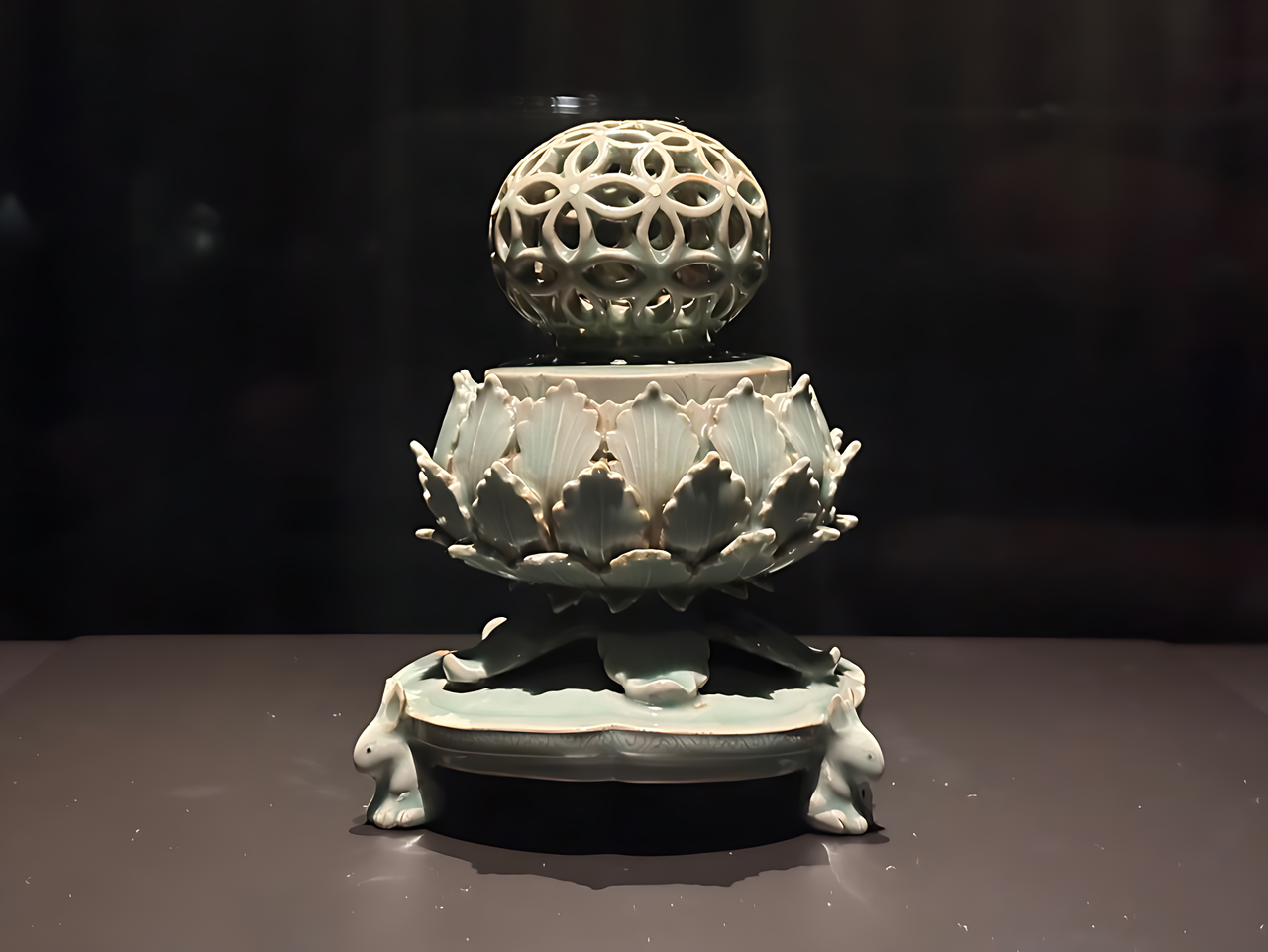
The museum’s permanent exhibition halls extend up to the third floor, where the Incense Burner with Openwork Geometric Design is displayed. This incense burner, one of the finest examples of Goryeo celadon, harmoniously combines diverse techniques with delicate craftsmanship to create a balanced, exquisite form. One of its most captivating features is the trio of rabbits carrying the burner, small in size yet strikingly lifelike in detail. In addition to these highlights, the exhibition abounds with treasures that evoke astonishment. Take time to wander through the galleries and discover pieces that linger longest in the memory.
-A New All-Day Experience: Immersive Digital Gallery
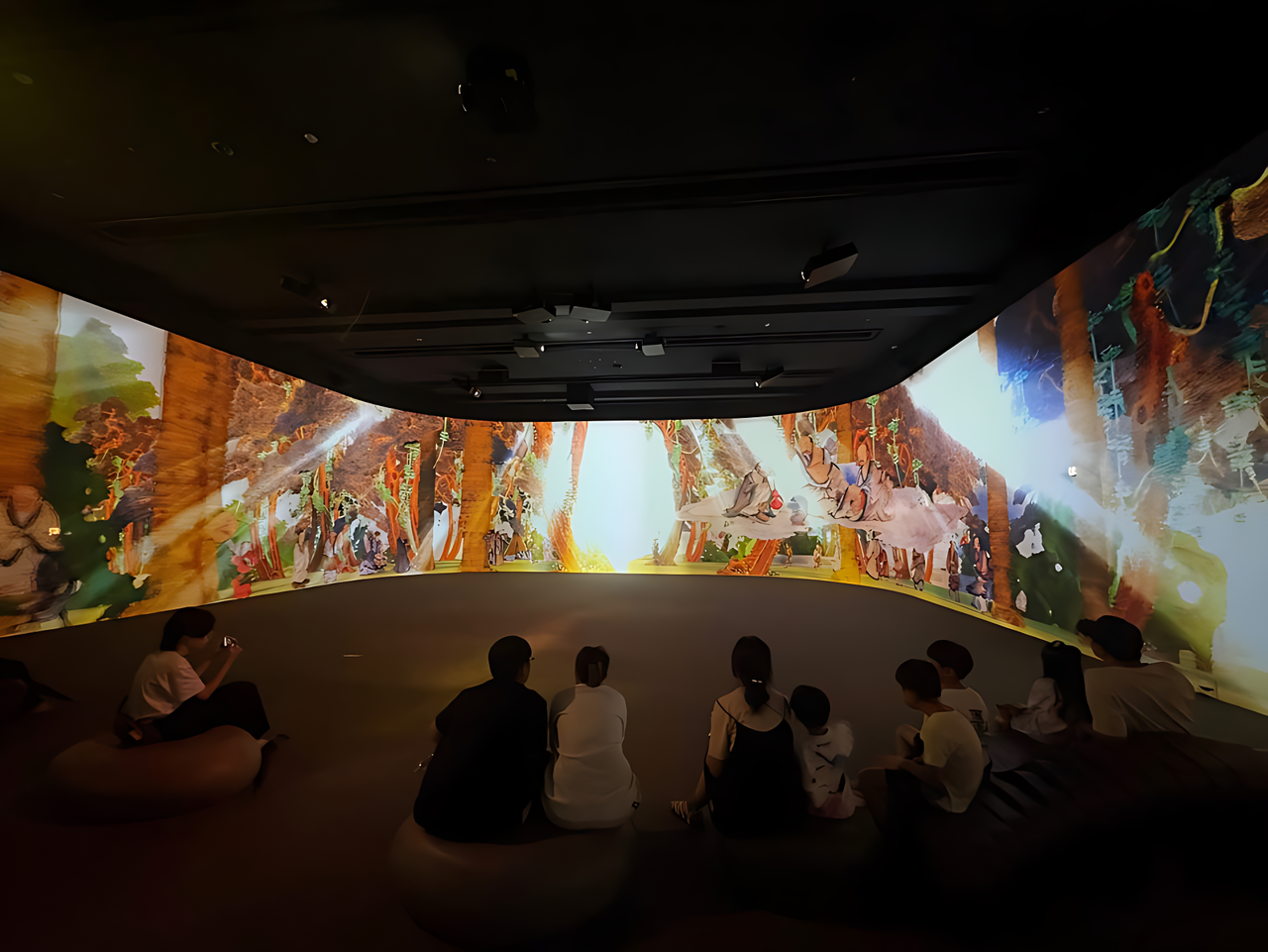
What sets the National Museum of Korea apart is its innovative and engaging Immersive Digital Gallery. It welcomes visitors of all ages, backgrounds, and nationalities to connect with the exhibits and experience Korea’s heritage in a more accessible and engaging way. Located inside the Medieval and Early Modern History Gallery, Immersive Digital Gallery 1 features a 60-meter-wide, 5-meter-high panoramic screen that provides a spectacular visual experience. Embark on an immersive journey through a vast digital canvas, where scenes including King Jeongjo’s Royal Procession, Tigers in Korean Art, and the Banquets of Taoist Immortals unfold vividly in 3D. The fascinating journey continues at Immersive Digital Gallery 2, located on the east side of the Donated Works Gallery on the second floor, where visitors can experience the museum’s exclusive virtual reality (VR) content. After making a reservation on the museum’s website, visitors can enter a sophisticated VR room and choose from a range of programs, such as virtually conducting conservation treatment or exploring the museum’s storage rooms and collections. This is a place where its wonder reveals itself only to those who choose to experience it firsthand.
Too Good to Miss
-Keepsakes to Remember the Visit
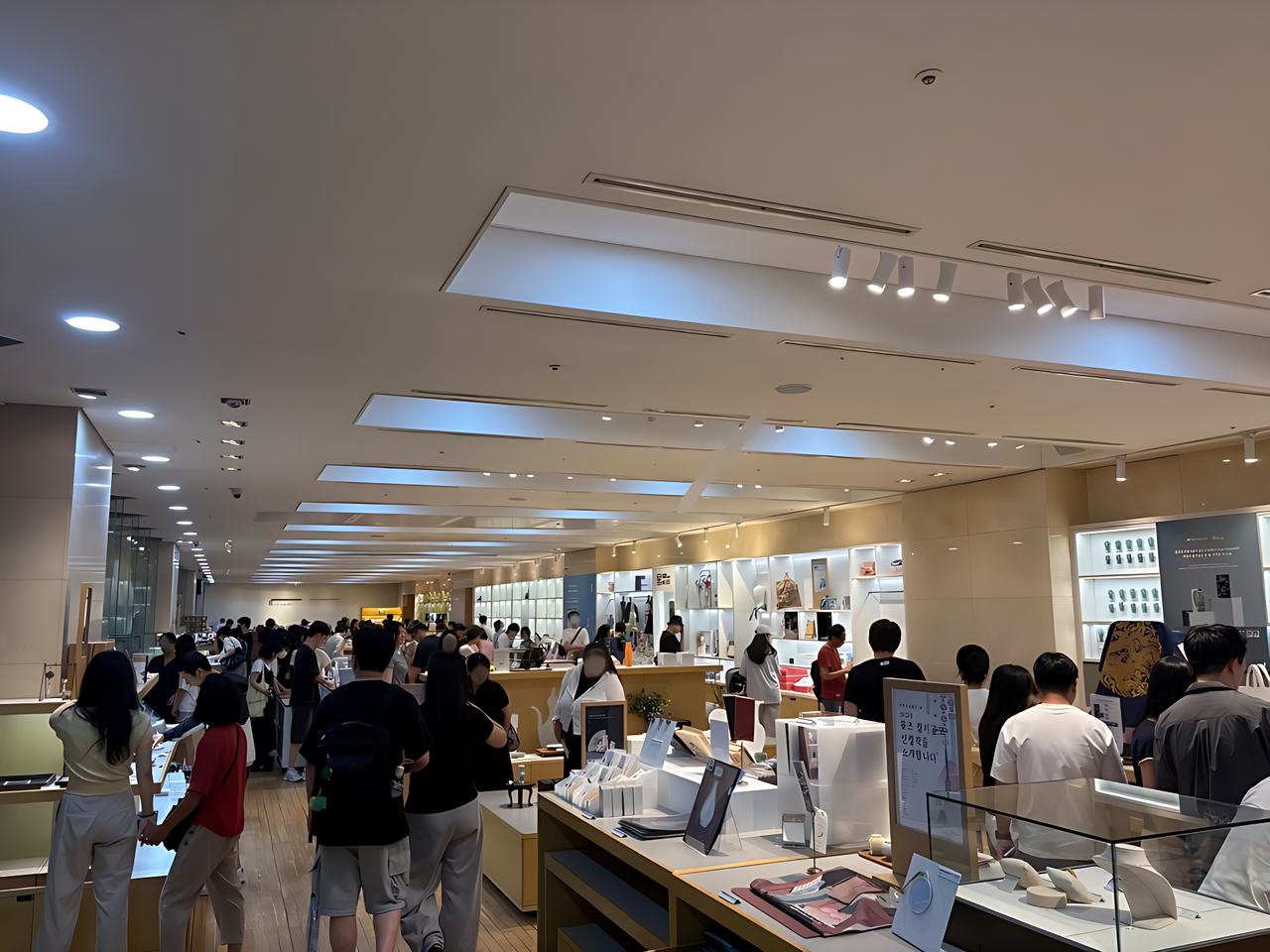
The permanent exhibition tour may be over, but it is not time to leave just yet. From Pensive Bodhisattva miniatures to celadon dish sets and Korean heritage bookmarks, the bustling museum shop is a treasure trove that is hard to resist.
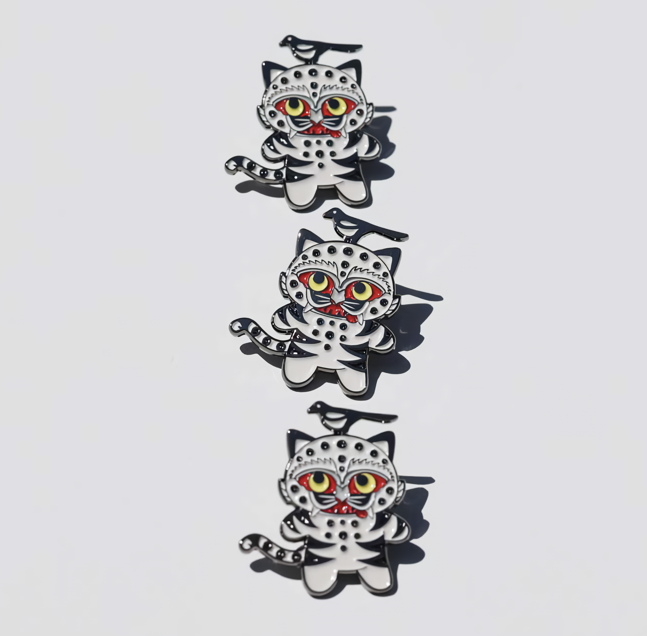
Among its many offerings, the standout item is the Magpie Tiger Badge. The badge’s design resembles the characters Derpy and Sussie from the 2025 film K-Pop Demon Hunters, which has fueled a surge in demand, turning it into one of the museum’s most sought-after items. In addition to the badge, many other designs inspired by the museum’s artifacts have become visitor favorites, often selling out as soon as they reach the shelves. With the museum’s merchandise so widely loved, everyone is sure to find the perfect keepsake to take home.
-Sweetening Museum Memories

After journeying through the museum’s vast collections, nothing ends the visit better than a moment of sweetness. Among the museum’s various dining spots, the Great Hall Café, located on the second floor, is particularly worth a visit. After a sip of coffee and a spoonful of sweet dessert, gazing out the window offers a moment of awe. While the menu may not boast extraordinary culinary surprises, the true indulgence lies elsewhere — in the view. The café’s floor-to-ceiling glass windows frame a sweeping panorama of Namsan Mountain, its lush greenery shifting with the seasons. The view is, without question, the café’s most memorable offering. Those lucky enough to secure a window seat are treated to a front-row view of nature’s elegance — a rare luxury to be savored and remembered.

Within these pages lies the pride of Korean culture and the beauty of the National Museum of Korea — a narrative words alone can scarcely contain. A visit here promises Kingos an unforgettable experience as they linger among exhibitions, find comfort, reflect deeply, and let imagination take flight. Any time is right to visit the National Museum of Korea — but perhaps there is no better moment to experience it than now, with this journey fresh in mind.
